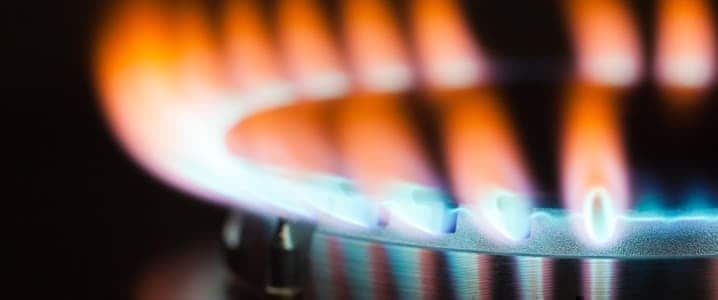
Germany is building 10 GW in new natural gas generation capacity. It is spending 16 billion euro on this. The news emerged earlier this week and marks a key moment in the EU’s transition efforts: an admission that not all is going according to plans. And Germany just booked the highest rate of gas-powered generation in two years last month.
Two years ago, after Russian troops entered eastern Ukraine, Germany was quick to pledge that it would give up Russian gas. The Russian side helped bring that plan to fruition by substantially reducing the flow of gas via some key routes, citing technical issues.
Of course, what sealed the deal was the Nord Stream sabotage in September 2022, which completely cut off the flow of gas via the pipeline that fed 55 billion cubic meters of gas to Germany every year. By the way, Sweden’s investigation of the case ended this week with the conclusion that Sweden has no jurisdiction to carry out such an investigation.
While the Swedish investigators were working towards that conclusion, Germany was coping—with the help of U.S. liquefied natural gas—and staying the course on its planned phaseout of nuclear. It was also coping with the help of coal. Despite plans to phase out the most polluting of the hydrocarbons, Berlin was forced to reconsider due to concern about possible shortages during periods of higher demand.
Finance Minister Christian Lindner summed the situation up nicely last November in comments on the Scholz government’s plans to end coal use by 2030.
“Until it is clear that energy is available and affordable, we should end dreams of phasing out electricity from coal in 2030,” Lindner said, echoing remarks made repeatedly by Chinese government officials. That same China that is building a lot of gigawatts of new coal generation capacity.
It seems Lindner may be a harbinger of a change coming to Europe, even amid reports of record renewable energy output in January—which came on the back of stronger hydropower output as much as higher output from solar installations. The reason a change is coming is that the clean energy transition as the decision-makers in Brussels and national capitals envisioned it, simply could not work. Germany’s gas output news is simply the latest confirmation of this fact.
The vision in question involved dozens of gigawatts in wind and solar capacity, some batteries, and, as of the last COP, some nuclear—except in Germany, that is. But those dozens of gigawatts proved to be more challenging than expected to be built. First, because of higher than expected costs. Second, because of disappointing demand (for solar), and third, because utility-scale batteries are still way too expensive an alternative to hydrocarbons.
This is why Germany decided to invest 16 billion euro in new gas-powered plants—as it builds more LNG import terminals. It is also why it booked a two-year record in gas-fired electricity generation in January, “as power firms dialled up output to compensate for the closure of the country’s nuclear reactors and meet higher heating demand during a cold snap last month,” per Reuters.
Germany has been the poster child for the transition thanks to the massive resources it directed towards turning the vision into reality. Now, cracks are appearing in that vision as energy security once again—as always—trumps utopia. And Germany is not the only one where they are showing.
Belgium, which had plans for a nuclear phaseout identical to Germany’s, walked them back in December last year. The Netherlands, which had announced the closure of the Groningen gas field due to its impact on seismic activity in the area, turned production back on—at a minimal level—also in December in anticipation of higher demand because of the typical weather for that time of the year.
Spain, another poster child for the transition with its massive solar and wind resources, which the country is duly utilizing, led the list of Russian LNG importers in the EU last year, even as Brussels sought to curb those cargos. Belgium was right there up with it, as the two imported 50% more Russian liquefied gas in the first nine months of 2023 than a year earlier.
The EU, led by Germany, is trying its best to give up hydrocarbons, on which it has relied for over a century, and which have made the basis for its sustained economic strength in the decades following the Second World War. Replacing this basis with other sources of energy that are considered better for the environment is a massive undertaking, and it has drawbacks.
These have been ignored for years, lest talking about them weakens anyone’s resolve about the transition. However, ignoring problems does not make them go away. They simply become more pressing the longer you ignore them—something the wind power industry found out the hard way last year. The sooner these drawbacks begin to be addressed through a more realistic attitude towards hydrocarbons, the better it would be for everyone in Europe.
